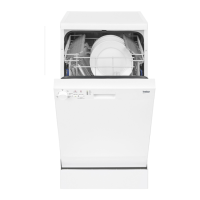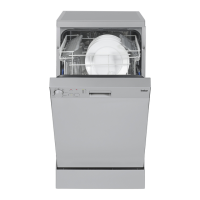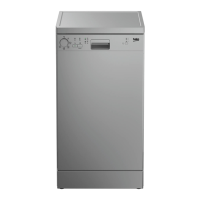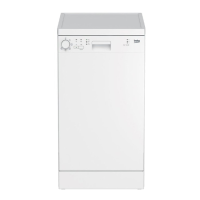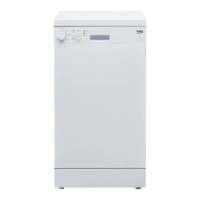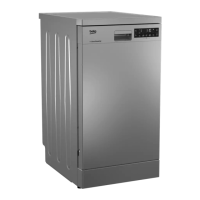Why Beko DFS05010 does not start?
- CcarpenterveronicaAug 4, 2025
Your Beko Dishwasher might not be starting due to several reasons. First, check if the power cable is properly plugged in. Second, examine the fuses in your house to ensure they haven't blown. Also, verify that the water inlet tap is open, the dishwasher door is fully closed, and the On/Off button has been pressed to turn on the machine.
